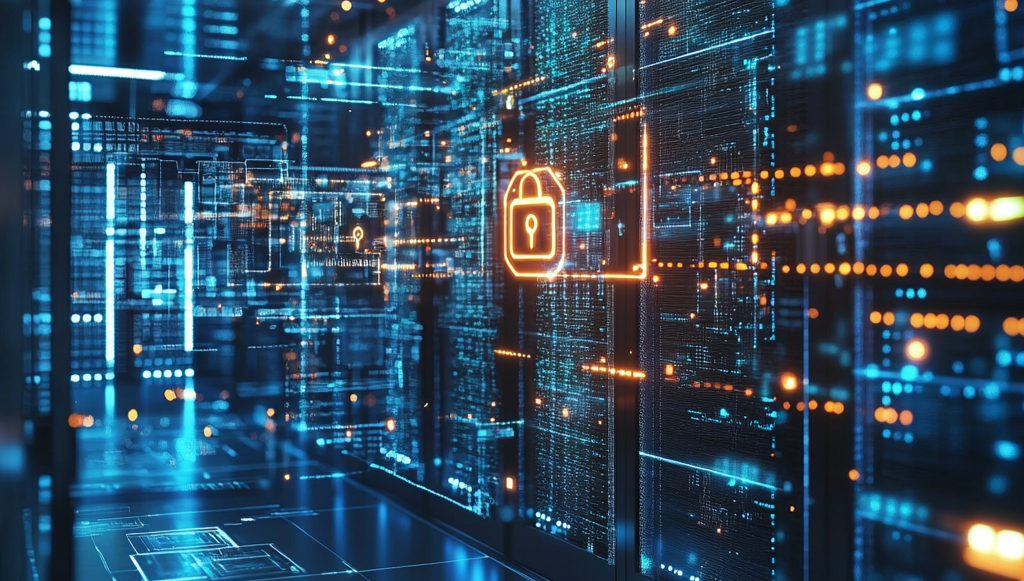In today’s digital world, cybersecurity is more important than ever. With cyber threats becoming increasingly sophisticated and frequent, businesses must adopt comprehensive strategies to protect their networks, data, and sensitive information. One of the most effective ways to secure your systems is by implementing EDR protection.
This article will explain why it should be an essential part of your security strategy, how it works, and the benefits it provides to businesses.
What Is EDR Protection?
Definition of EDR Protection
EDR protection stands for Endpoint Detection and Response protection. It is a cybersecurity technology designed to monitor, detect, and respond to security threats on endpoint devices, including computers, servers, and mobile devices.
Unlike traditional antivirus software, it is more advanced, providing real-time monitoring and analysis of endpoint activity to identify potential threats, including malware, ransomware, and unauthorized access.
How Does EDR Protection Work?
EDR protection works by continuously monitoring endpoint activities, such as file access, system processes, and network connections. When suspicious activity is detected, the EDR virus protection system generates an alert, investigates the event, and may take automatic actions, such as isolating the affected device or blocking malicious processes. The goal is to provide early detection and rapid response to reduce the impact of security incidents.
By focusing on the endpoints—the devices most commonly targeted by cybercriminals—EDR endpoint protection provides an additional layer of defense, surpassing the capabilities of traditional security solutions. This makes it a critical component of a comprehensive cybersecurity strategy.
Why EDR Protection Should Be Part of Your Security Strategy
1. Protecting Against Evolving Threats
Cyber attacks are continually evolving. Malware and ransomware are not so much one-dimensional, easy attacks. Modern-day cybercriminals use sophisticated tactics, techniques, and procedures (TTPs) to gain access to systems. Signature-based, old-school AV-type software does not necessarily detect these new and sophisticated threats.
It provides enhanced defense capabilities by employing behavioral analysis, machine learning, and advanced threat detection methods to identify suspect behavior in real-time.
For example, virus protection using EDR can recognize abnormal activity, such as an employee opening documents that they are not typically used to accessing, or processes trying to elevate their privilege level. This helps identify and block advanced threats that signature-based protection would miss.
2. Improved Incident Detection and Response
Time is of the essence when a cyberattack occurs. The quicker an attack can be detected and prevented, the smaller the damage it will cause. EDR protection enables quick detection and response, minimizing the impact of security incidents.
When an endpoint is hacked, EDR endpoint protection can isolate the infected system in real-time to prevent further attack spread. The protection can, in most cases, also automate the response process, for example, by blocking malicious IP addresses or isolating files. This ensures a reduction in the load on your IT team, improving response times and incident handling.
Additionally, the protection offers extensive visibility into the attack, enabling security teams to investigate the root cause, understand how the attack unfolded, and take preventive measures to prevent such incidents in the future. This makes the protection an essential tool for proper incident response and continuous improvement.
3. Real-Time Monitoring and Alerts
One of the most notable advantages of EDR protection is that it can continuously and in real-time monitor endpoint devices. In comparison to traditional security solutions that only scan systems at predefined intervals, EDR virus protection operates continuously, enabling the instantaneous detection of threats.
The system alerts whenever there is suspicious or unusual activity. The alerts may be passed on to security teams to carry out investigations, or, in automated response scenarios, corrective measures are taken immediately. Real-time monitoring also identifies incidents as they occur, providing timely insights and reducing the likelihood of delayed responses.
4. Enhancing Endpoint Visibility
With an increasing number of businesses relying on remote workers and mobile technology, endpoint security has never been more complex. EDR protection provides total visibility into all endpoints across your network, whether at home, in the office, or on the go.
This visibility enables security teams to monitor activity across all devices, track file flow, and detect anomalies that may indicate a breach. Through its transparent, unified endpoint view of activities, EDR endpoint protection enables businesses to manage security across numerous disparate devices and individuals easily.
5. Proactive Threat Hunting
EDR protection is not just reacting to risk, but it also supports active threat hunting. Threat hunters can respond to EDR virus protection data and actively hunt for potential weaknesses or signs of compromise within the system. By examining historical data, network flow, and user behavior, threat hunters can detect hidden threats that have evaded traditional defenses.
This forward-looking practice remains ahead of cybercriminals, enhancing overall security posture. Rather than waiting for the attack to launch, proactive threat hunting coupled with it enables businesses to identify and fix vulnerabilities before they can be exploited.
6. Supporting Compliance and Regulatory Requirements
Several industries are subject to stringent data protection regulations, including GDPR, HIPAA, and PCI-DSS. EDR protection helps organizations meet these needs by securing sensitive data, monitoring incidents, and appropriately documenting responses.
Compliance models typically require companies to implement continuous monitoring, incident response planning, and audit trails. It provides all these capabilities in a manner that enables companies to meet regulatory compliance while safeguarding their infrastructure and data.
7. Enhancing Overall Security Posture
EDR protection works in complete harmony with other security products, providing a multi-layered defense approach. It is used in conjunction with traditional antivirus software, firewalls, and intrusion detection systems to provide enhanced security. When all the above elements are used together, they create an in-depth security stance that is capable of addressing all types of threats.
Through the use of EDR endpoint security in your security strategy, you enhance your defenses against a broad variety of attack paths, from malware and ransomware to advanced persistent threats. Stacking your defenses means that even when one of the defensive layers fails, others will hold up.
How to Implement EDR Protection in Your Security Strategy
1. Assess Your Current Security Posture
Before implementing EDR protection, assess your current security posture to understand where your vulnerabilities lie. Identify the endpoints that are most critical to your business and ensure they are adequately covered. Conduct risk assessments to understand your organization’s threat landscape and determine how EDR virus protection fits into your broader security strategy.
2. Choose the Right EDR Solution
Not all EDR protection solutions are the same, so it’s essential to select one that aligns with your business’s specific needs. Look for features such as real-time monitoring, advanced threat detection capabilities, automated incident response, and integration with other security tools. Additionally, ensure the solution supports compliance with any relevant regulatory frameworks.
3. Train Your Security Team
Protection tools require skilled security professionals to manage and respond to incidents. Provide your security team with the necessary training on how to use EDR endpoint protection tools effectively, how to interpret alerts, and how to investigate security incidents.
4. Regularly Update and Test Your EDR System
Cyber threats are constantly evolving, and so should your protection system. Regularly update the system to ensure it remains effective against new types of attacks. Perform regular tests and drills to ensure that your team can respond to incidents quickly and efficiently.
Conclusion
EDR protection is a critical component of a comprehensive security strategy. By offering real-time monitoring, advanced threat detection, and rapid response capabilities, it enables businesses to stay ahead of cyber threats and mitigate the risk of damage. Whether you’re looking to protect endpoints from viruses, enhance visibility, or improve compliance, endpoint protection provides a robust solution.
Incorporating the protection into your cybersecurity framework not only strengthens your defenses but also enables you to be proactive in detecting and responding to threats. With the increasing complexity of cyber threats, adopting it should be a core part of your security strategy to safeguard your business’s assets, data, and reputation.


